The past decades have witnessed an unprecedented acceleration of species and habitat loss. This phenomenon has been called by scientists the sixth mass extinction, and it is mainly caused by human activity. Concretely, it means that 3 out of 4 species that we are familiar with could be gone within a few decades. In the past 40 years, we have annihilated about half of the wildlife living on the planet.
The Sixth Mass Extinction Event
You might have heard in passing or in the media, that the Earth is currently undergoing its sixth mass extinction event. You might have also heard that it is humanity as a species that is causing this high rate of species loss across the globe. However, it is important to understand both what exactly that means and the gravity and consequences of this heightened level of extinction. This should register as a clear cause to alarm, but this motivation is needed for the urgent action that is required. And in the face of this extinction event, it is important not to feel hopeless and dejected as any individual can take steps to help revert the sixth mass extinction event.

What it Means
Extinctions are common. It is estimated that of the four billion species that have evolved on Earth over the last 3.5 billion years, up to 99% are now gone. There is a background level of extinction that is always present. These extinctions are balanced over time by the process of speciation, which is the term used to describe the appearance of new species. To describe a rate of extinction as a mass extinction event, that rate needs to be compared to the background rate and proved to be substantially higher. In general, mass extinctions are characterised by the Earth losing around three quarters of its species in a geologically short time interval.
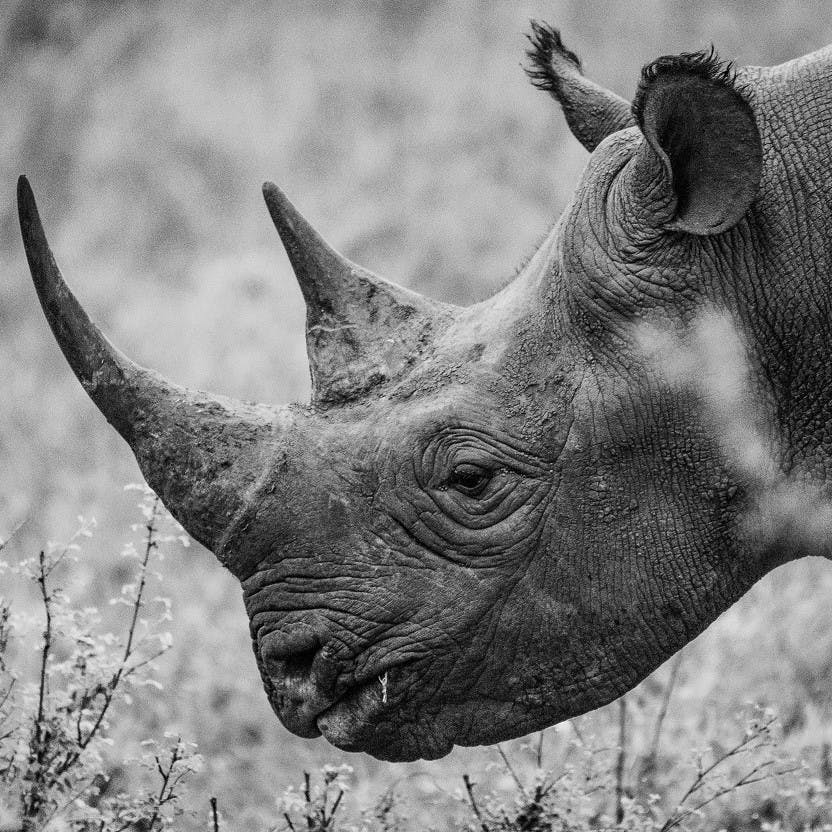
Previous Mass Extinctions
Five mass extinction events have occurred in the past 540 million years. These five extinction events were near the end of the Ordovician, Devonian, Permian, Triassic and Cretaceous Periods.
The most well-known mass extinction event happened at the end of the Cretaceous period which wiped out the dinosaurs and set the course for mammalian and bird species to dominate the Earth. While there has been debate over the years, the leading theory is that an asteroid impacting the Earth caused this mass extinction. This asteroid is hypothesized to have caused an “impact winter”, which is when an asteroid’s impact with earth or sea causes a great amount of dust and ash to be ejected into the atmosphere. This dust and ash blocks out the sun’s radiation leading to a drastic drop in global temperature. This would lead to a prolonged period of cold weather that would potentially lead to a global extinction event.
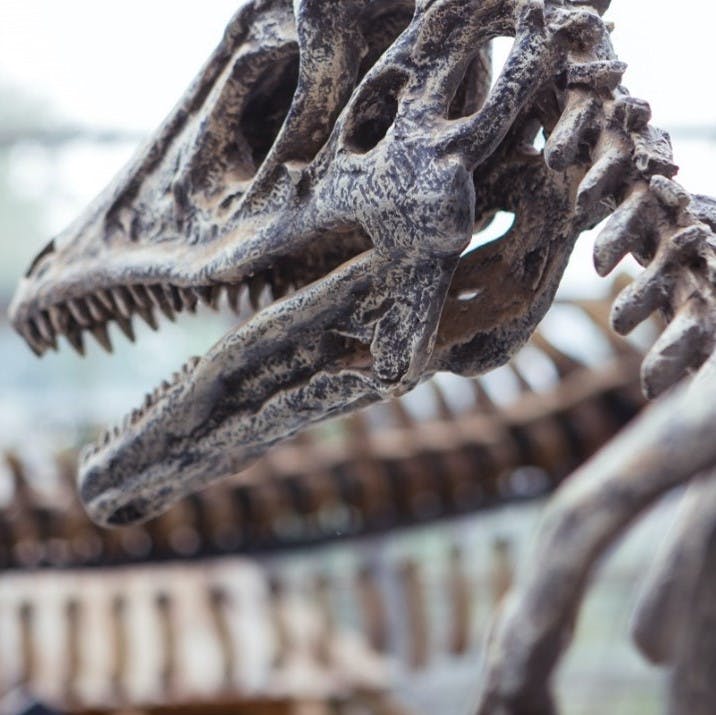

Take action now
Do you want to have a direct impact on climate change? Sir David Attenborough said the best thing we can do is to rewild the planet. So we run reforestation and rewilding programs across the globe to restore wild ecosystems and capture carbon.
Get involvedHow fast are species being lost?
The current extinction rate has been evaluated as being over 1000 times greater than the background extinction rate. For vertebrates, studies estimate species are being lost between 24-85 times faster in the last 500 years than they were during the Cretaceous mass extinction event. It is based on these figures that many scientists have argued that we are entering the sixth mass extinction event and have termed it the Holocene Mass Extinction Event.
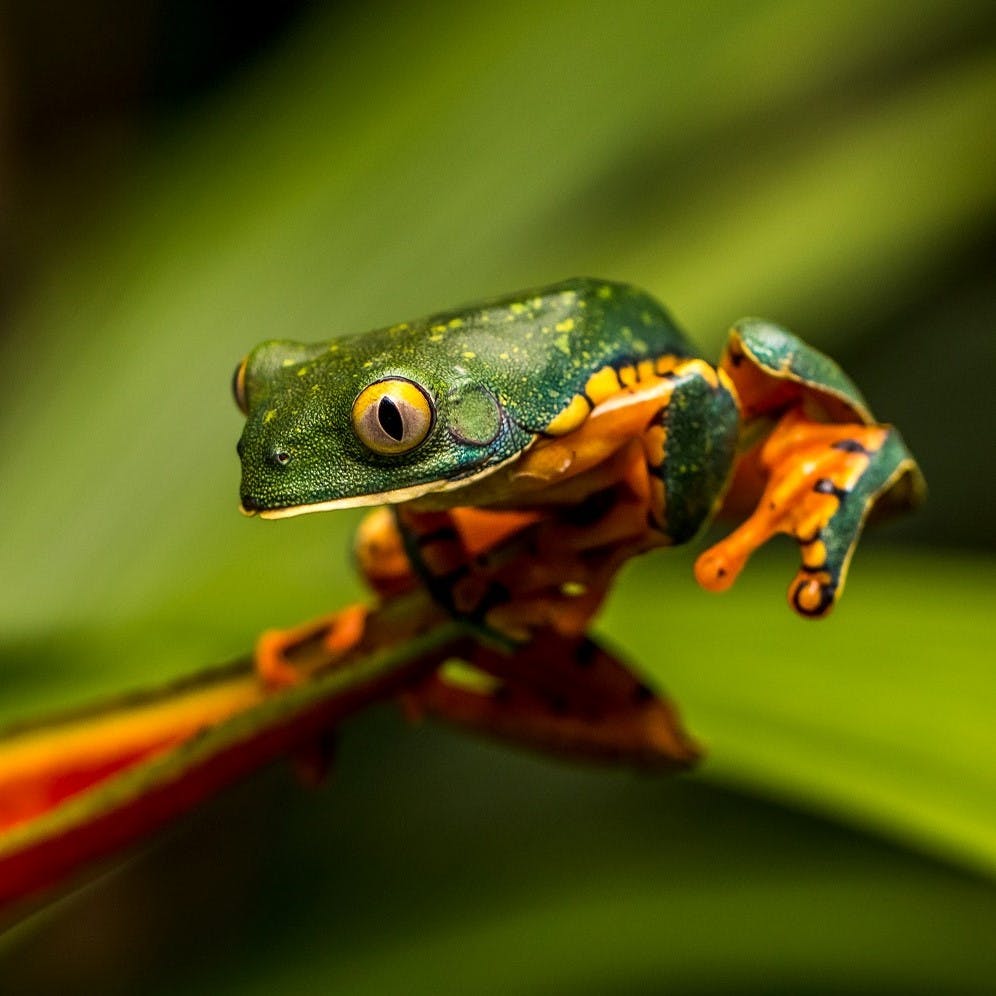
The Drivers
Humans
Since the fifth mass extinction event took place 66 million years ago, it has been difficult for scientists to determine the causes and understand how events unfolded. That is where each mass extinction gone before is different to the one happening today – the primary cause of this one is clear and it comes down to the impact of a single species: us. Scientists have broken down the drivers of our heightened rate of extinction as being habitat loss, increased pollution, over-exploitation of resources and species, the proliferation of invasive species and the rapid rate of climate change. All of these drivers are ultimately caused by the increasing size of the human population, the increasing size of human economies and the ever-increasing rate of human overconsumption of resources.
Other human-related impacts on species
Anthropogenic climate change is creating unpredictable and irreversible damage to species’ habitats and increasing the occurrences of extreme climate events. Land-use change is also a driver of species extinction. More and more wilderness areas are converted to agricultural land, especially biodiversity hotspots like the rainforest. Poaching and illegal trade of endangered species is decimating some extremely vulnerable species like the pangolin or the white rhinoceros.
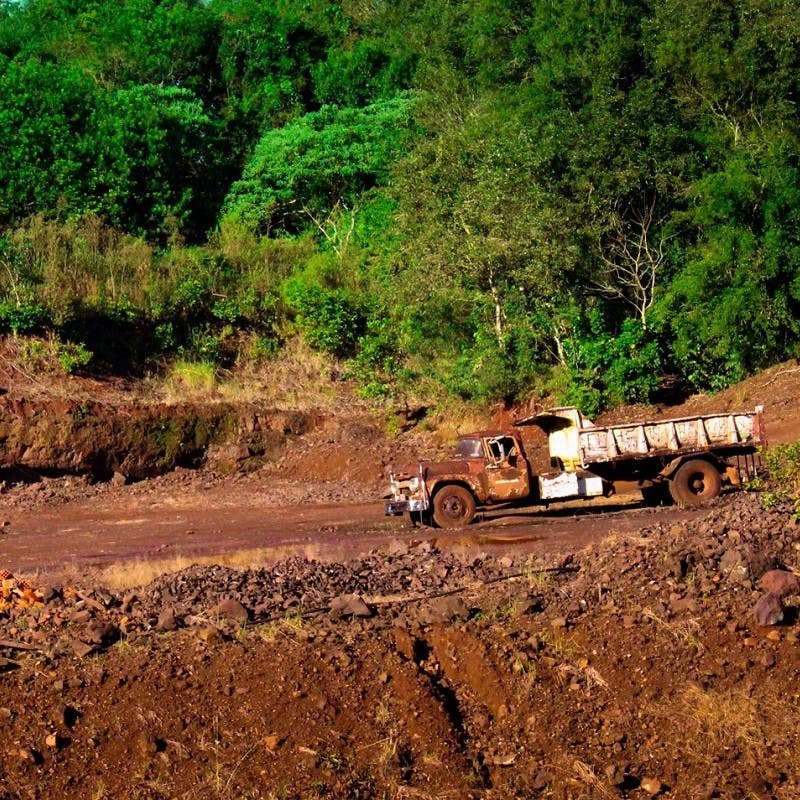
The consequences of a sixth mass extinction
There are a range of consequences of the sixth mass extinction event, both for the Earth and species that inhabit it, including humans.
Repercussions for Humans
One of the more human-centric consequences of this mass extinction event is the loss of crucial ecosystem services, which are the range of benefits that humanity derives from nature. Fresh water, clean air and fertile soil are being lost due to the degradation of natural habitats and ecosystems. These ecosystem services range from the basic ones mentioned here to less obvious ones such as species that carry cultural significance to people or the actions of pollinators and seed dispersers. Additionally, scientists are still finding new chemicals, new plants and new species of bacteria and fungi that may prove beneficial for human medicine. For example, the slow-growing Pacific Yew (Taxus brevifolia) was already becoming scarce when the chemotherapy drug Paclitaxel was derived from its bark. This drug is used now to treat multiple forms of cancer and is on the WHO’s List of Essential Medicines. As the sixth mass extinction advances, we lose the species and habitats that provide us with benefits, of both a known and unknown capacity.
Decimation of species and their genetic lineages
One of the gravest consequences of this mass extinction event is the loss of species and degradation of ecosystems. All these lost and or threatened species are unique and represent a failure on humanity’s part as the dominant species and stewards of Earth. Due to human impacts, the Earth is losing genetic lineages that have been in the making for millions of years. The Cretaceous extinction event wiped out every tetrapod species larger than 25kg with the exception of sea turtles and crocodilians. However, now nearly all sea turtle species are endangered with nearly half being critically endangered. While this species survived the extinction event that ended the 165 million reign of the dinosaurs, they may be unable to survive the impact that humanity has had on Earth in the last few hundred years.
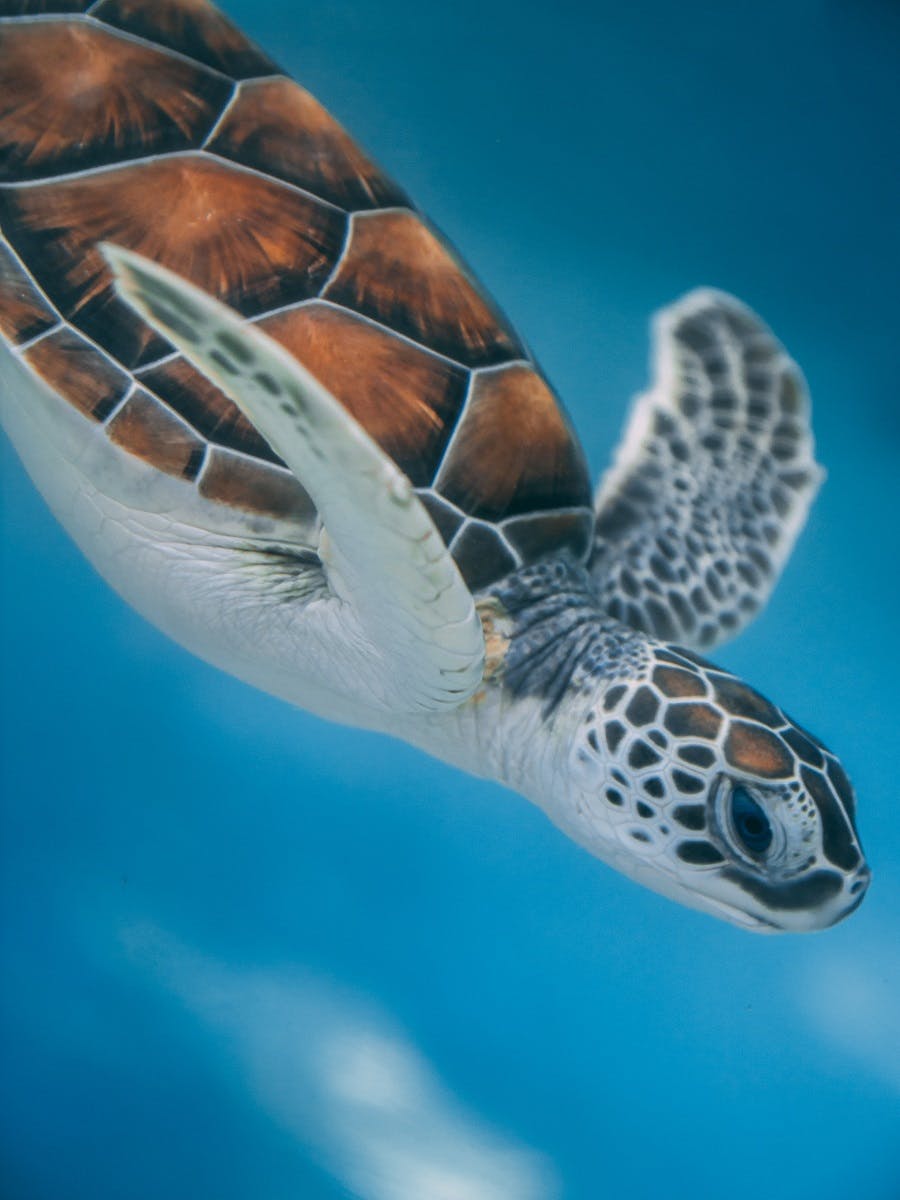
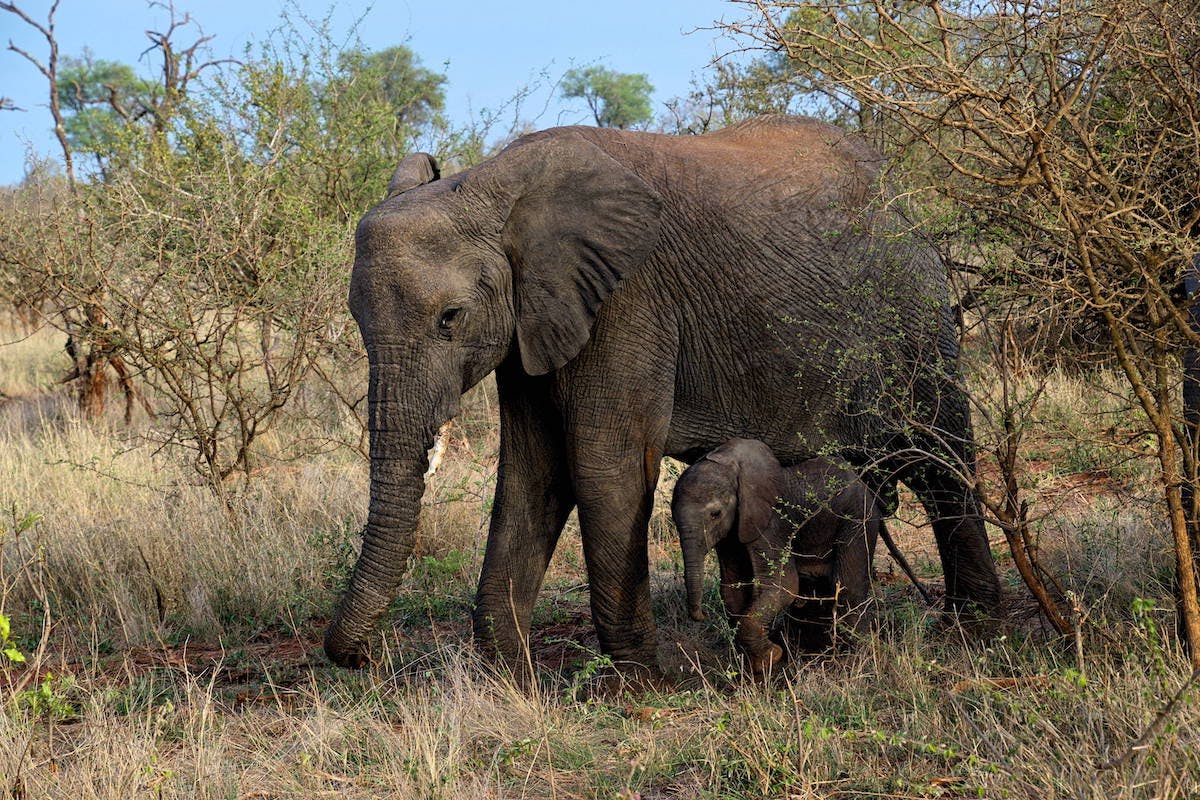
How Rewilding can Help
Rewilding is the process of returning an area back to its wild state after it has been impacted by human intervention. Reforestation, nature restoration and reintroductions are different processes that themselves can fit under the wider umbrella of rewilding an area in terms of bringing back trees or animals or restoring the natural processes that had been occurring there before human intervention.
Rewilding minimises the impact that humans have had on the environment by directly reversing those impacts and aiming to return ecosystems to their natural state. Rewilding aims to reverse the drivers of the sixth mass extinction by tackling all five of them under one unified concept of bringing a place back to the ‘wild’ – to a place of pre-human intervention, where the lost habitat is replaced, pollution is removed, over-exploitation is ceased, invasive species are controlled, and the consequences of climate change are mitigated.
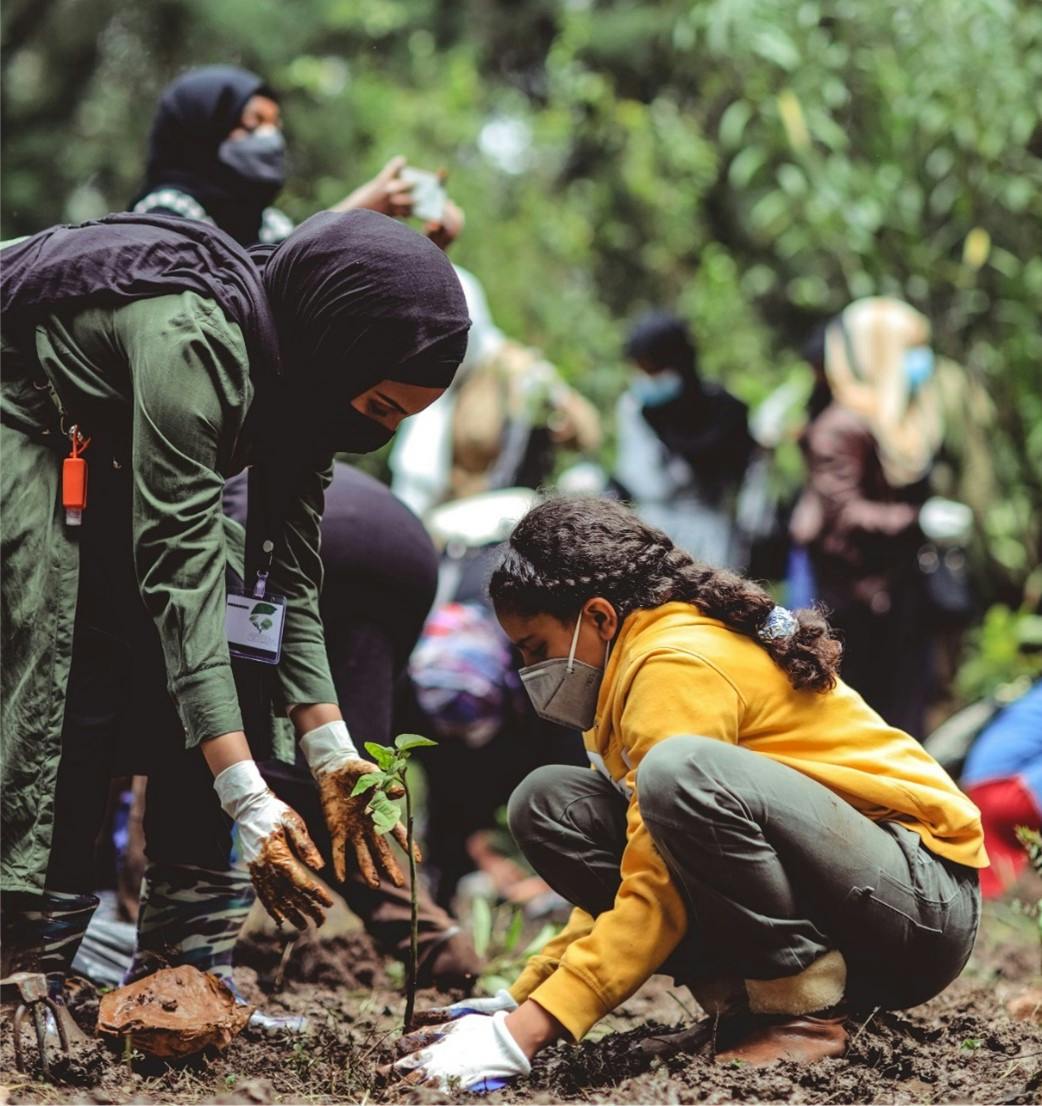
Individual Action
Every little helps
When it comes to individual action against the sixth mass extinction, it is easy to feel small and helpless in the face of such large-scale, global change. However, it is small actions culminated together that make up the difference. If rewilding and reforesting areas is what can directly impact the extinction drivers, supporting individual projects and working towards rewilding the Earth is something any individual can do to decelerate this mass extinction event.
How your efforts can make a difference
There are numerous groups and projects working towards rewilding and reforesting the globe, along with conservation groups and research groups that dedicate themselves to working against the sixth mass extinction. But it is the individuals supporting these groups that allow such work to continue. This support can come in many forms, from donating time and physical ability as volunteers, or donating technical expertise or financial donations or through word-of-mouth and spreading awareness. Here at Mossy Earth, it is because of our individual members that we are able to reforest and rewild in the face of the sixth mass extinction event.
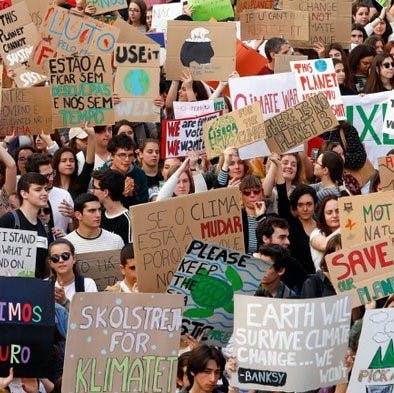
How Extinction Rates are Measured
Extinction rates are measured as extinctions occurring per million species per year, also known as E/MSY. Therefore, a rate of two species lost out of every million species every year is depicted as 2 E/MSY. 2 E/MSY is also the same as two extinctions per 10,000 species every 100 years. It has been commonly accepted that the background extinction rate is around 1 E/MSY, but more recent estimates have put the background rate as low as 0.1 E/MSY with the current rate being 1,000 times higher at 100 E/MSY.
The Past Mass Extinction Events
The Ordovician–Silurian (O–S): 450-440 million years ago. 60%-70% of species lost
The Late Devonian Extinction: 375-360 million years ago. 70% of species lost
The Permian-Triassic: 252 million years ago. 90%-96% of species lost
End of trilobites and mammal-like reptiles (early synapsids)
Beginning of archosaur domination
The Triassic-Jurassic: 201 million years ago. 70%-75% of species lost
End of the non-dinosaur archosaurs (excepting some crocodilians)
Beginning of dinosaur domination
Cretaceous-Paleogene: 66 million years ago. 75% of species lost
End of the non-avian dinosaurs (excepting some crocodilians)
Beginning of mammal and bird domination
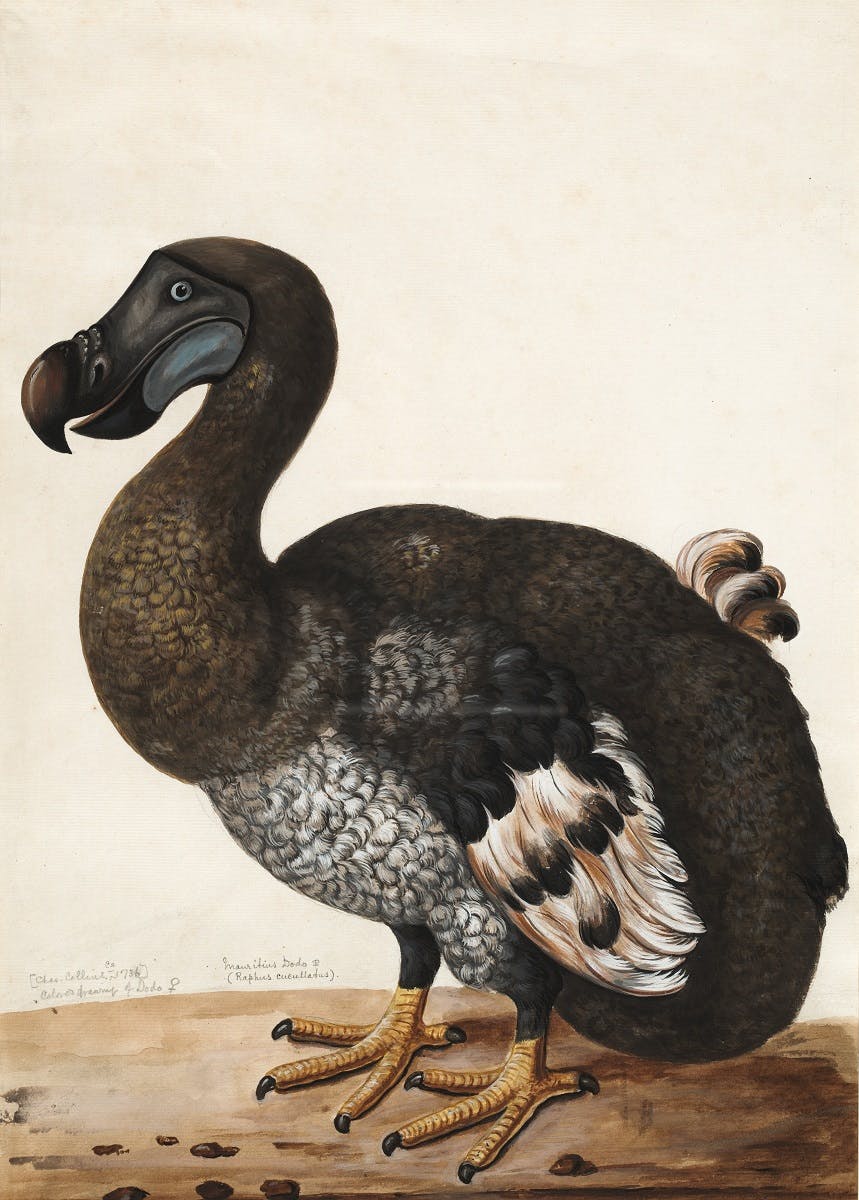
Glossary of terms
E/MSY: Rate of extinction, number of extinctions per million species per year.
Tetrapods: Four-limbed species including birds, amphibians, reptiles and mammals.
Synapsids: Mammals and early mammals after they diverged from birds and reptiles (these two are diapsids)
Archosaurs: Biological group involving birds, crocodilians and the extinct dinosaurs.
Sources & further reading

- “Has the Earth’s sixth mass extinction already arrived?” - Nature
- “Three ways to think about the sixth mass extinction” - Biological Conservation
